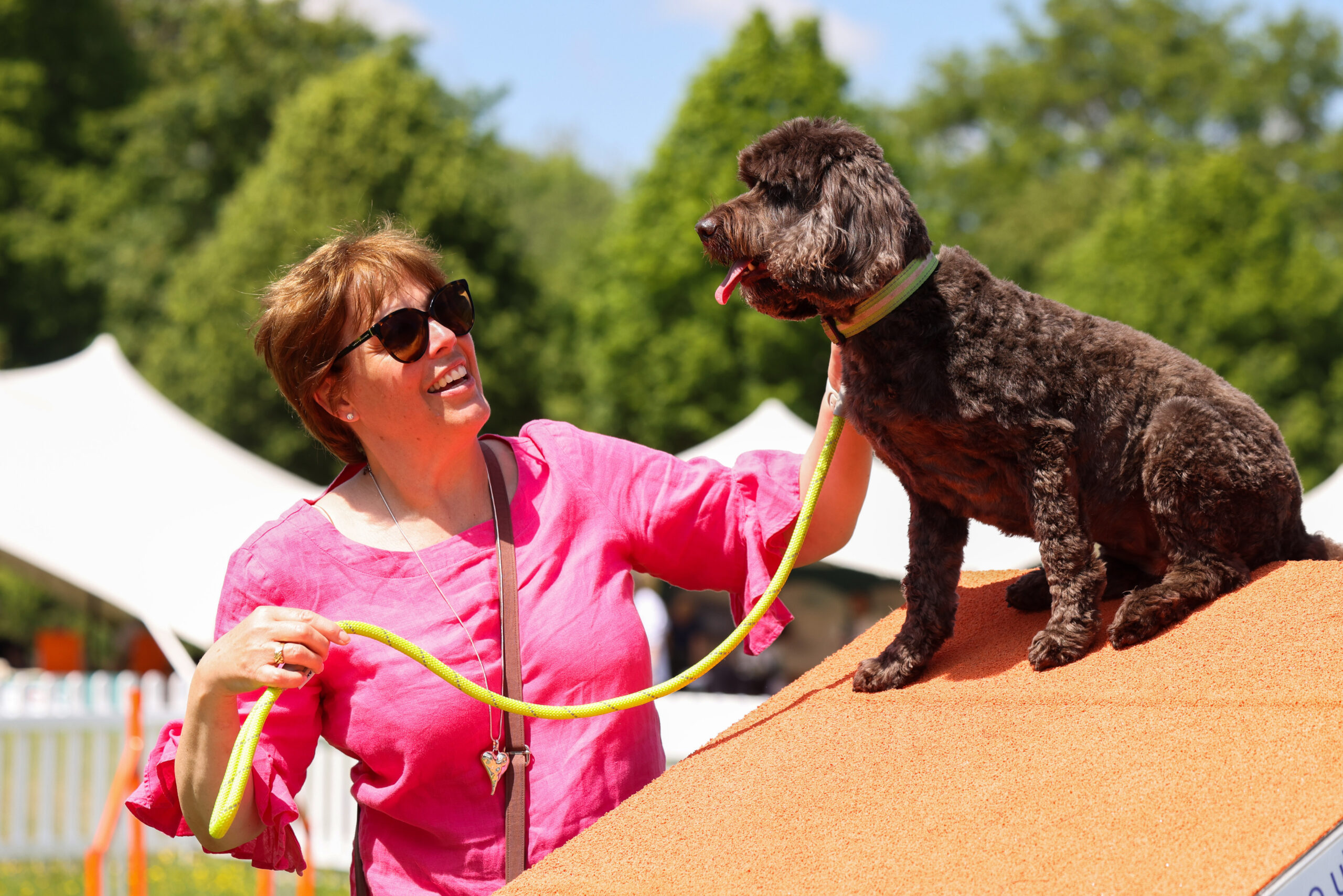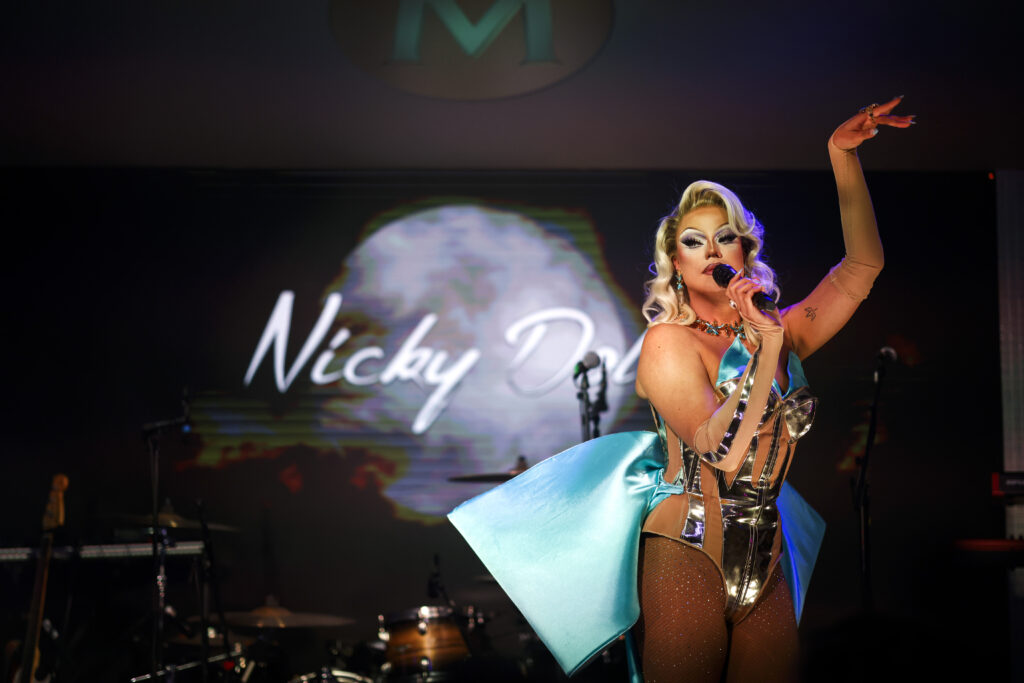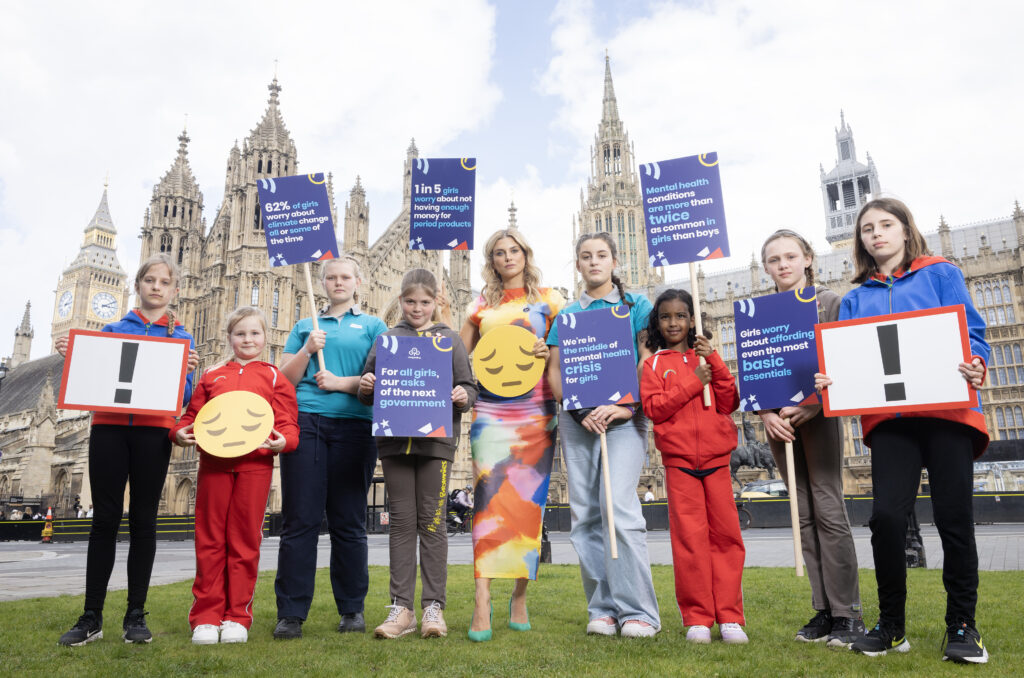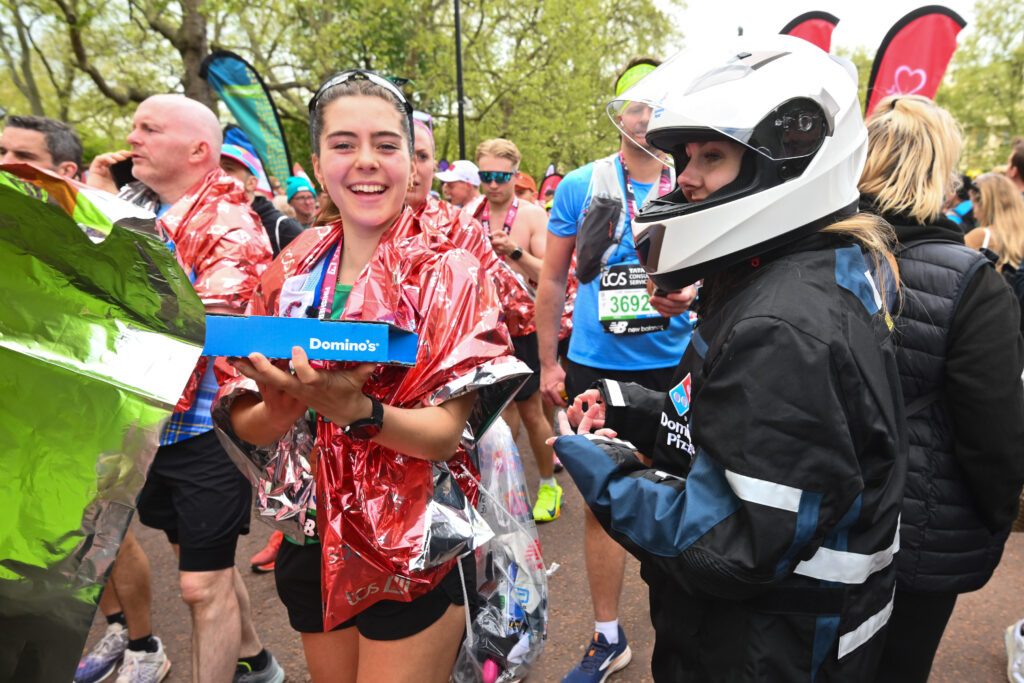
Written By Craig Gunn, Head of Assignments
Editorial photography is a genre that blends artistry with storytelling, often gracing the pages of magazines, newspapers, and digital platforms. It’s a powerful medium that can communicate a narrative, convey emotions, and captivate audiences. Achieving exceptional editorial photography requires a blend of technical skill, creativity, and an understanding of the subject matter. Here are some of the top techniques used by photographers to produce compelling editorial images.
Understanding the Story
Before even picking up the camera, successful editorial photographers immerse themselves in the story they need to tell. This involves thorough research and understanding the context, themes, and key messages that the editorial aims to convey. Whether it’s a fashion shoot, a profile piece, product launch or a news feature, knowing the narrative guides the creative process and influences every decision made during the shoot.
Location Scouting
The setting of a photograph can make or break its impact. Photographers often spend considerable time scouting for the perfect location that enhances the story. This involves finding spaces that offer the right aesthetic, mood, and context for the shoot. Natural light, architectural elements to perhaps inject some lines patterns angles and shape, and environmental details all play crucial roles in the selection process.

Lighting Techniques
Lighting is one of the most crucial elements in photography. Editorial photographers use various lighting techniques to create mood, highlight subjects, and add depth to their images. Natural light is often preferred for its authenticity, but studio lighting can be controlled and manipulated to achieve the desired effect. You may even consider shooting during the ‘golden hour’ Techniques such as soft lighting for a gentle, flattering look or dramatic lighting to create contrast and highlight features are commonly employed.
Posing and Directing
For editorial portraits and fashion shoots, how subjects are posed and directed is vital. Photographers guide their subjects to adopt poses that convey the intended emotion and story. Natural, relaxed poses often work best for more intimate, candid shots, while bold, structured poses may be used for high-fashion editorials. Effective communication and building rapport with subjects can help them feel comfortable and produce more genuine expressions.
Composition and Framing
Great composition and framing are foundational to compelling images. Techniques such as the rule of thirds, leading lines, and symmetry help create visually pleasing and balanced photographs. Editorial photographers also experiment with unconventional angles and perspectives to add interest and uniqueness to their shots. The composition should always serve the story, drawing the viewer’s eye to the focal point and guiding them through the narrative.

TOP TIP : At PA Media Assignments we believe if you can include at least 3 of the following elements Who, What, How, Where, When and Why in your photo composition – you have created the perfect stand-alone editorial image!
Post-Processing and Editing
Post-processing is where the final touches are added to bring an image to life. This stage involves adjusting exposure, contrast, colour balance, and sharpness to enhance the photo. Editorial photographers often work closely with art directors to ensure the final images align with the publication’s aesthetic. While editing is essential, maintaining a natural look that reflects the true essence of the subject and scene is crucial.
Attention to Detail
Details make a significant difference in editorial photography. Photographers pay close attention to every element within the frame, from the subject’s attire and accessories to the background and props. Ensuring that everything aligns with the story and aesthetic of the shoot can transform a good photo into a great one. This meticulous attention to detail extends to styling, makeup, and even the smallest on-set adjustments and should be part of every PR project pre-planning phase.
Adaptability and Creativity
Editorial photography often requires photographers to think on their feet and adapt to unexpected challenges. Whether it’s changing weather conditions, uncooperative subjects, or last-minute changes to the brief, being flexible and creative in problem-solving is essential. This adaptability allows photographers to maintain their vision and deliver high-quality images despite any obstacles.

Conclusion
Editorial photography is a dynamic and multifaceted field that demands a blend of technical prowess, artistic vision, and narrative understanding. By mastering these top techniques, photographers can create stunning, impactful images that resonate with audiences and bring editorial stories to life. Knowing how this works for a communications professional commissioning a photographer for a branded PR assignment will lead you to successful outcomes!
Visit Assignments to find out more about our PR products and solutions.